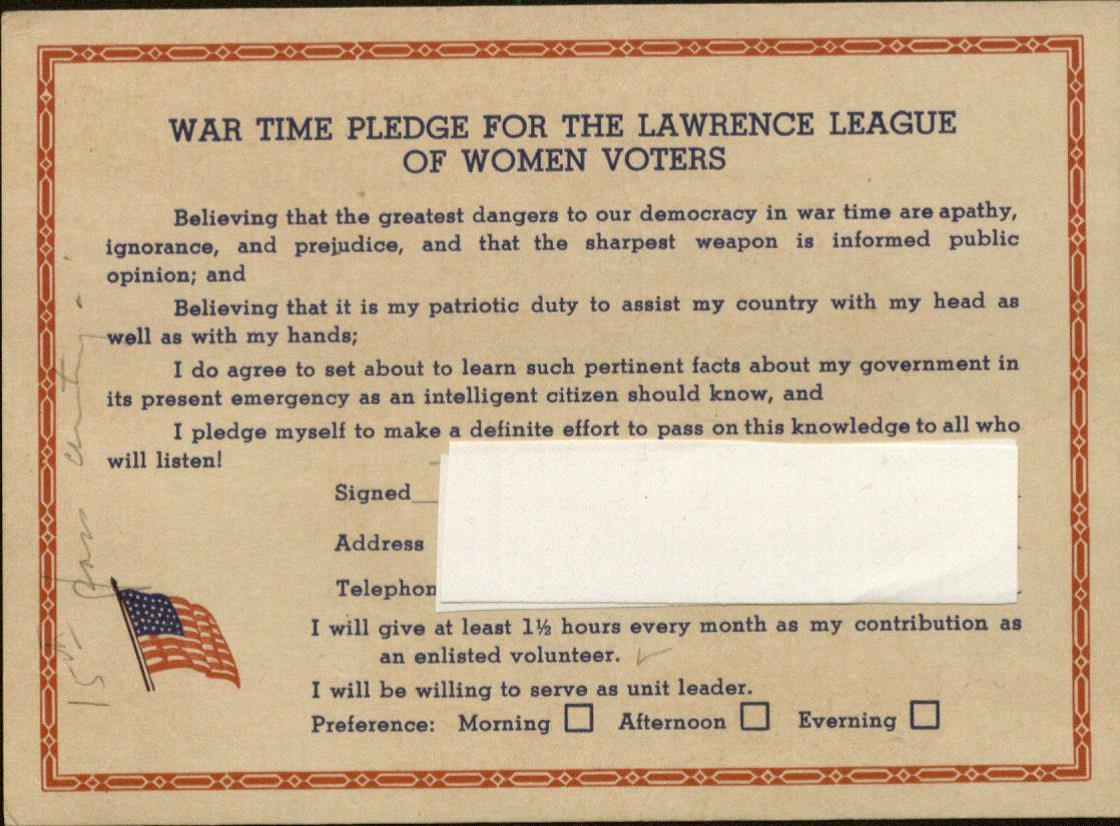Native American Heritage Month: Haskell Indian Nations University
November 23rd, 2015In celebration of Native American Heritage Month, I’m highlighting items from our Kansas Collection that feature events and people from Haskell Indian Nations University, which has been educating First Nations students since 1884 in Lawrence, KS.
Did you know that Haskell offered the first touch-typing class in Kansas? The commercial department, now known as the business department, opened in 1895 with five typewriters. To find this information and other interesting facts about Haskell, check out their school history webpage.
Vivian McAllister with students typing in class at Haskell.
Miscellaneous photographs and negatives, ca. 1970.
Wallace Galluzzi Papers. Call Number: RH MS 807. Click Image to Enlarge.
This picture was taken in the 1930s by the well-known local photographer, Duke D’ambra. It illustrates Haskell’s long history as a diverse intertribal educational institution. Haskell continues to celebrate its cultural diversity with the annual Haskell Indian Art Market.
Unknown Haskell students. Photograph of Haskell Activities, 1930s.
Duke D’ambra photograph collection. Call Number: RH PH 69.542.6. Click Image to Enlarge.
Haskell has a long tradition of producing exceptional athletes. Below are a couple of examples from Haskell’s rich athletic history.
John Levi played football at Haskell from 1921-1924 and then came back to coach the team from 1926-1936. He has been inducted into 3 sports hall of fames, the Kansas Sports Hall of Fame, the Oklahoma Athletic Hall of Fame, and the American Indian Athletic Hall of Fame. Check out Haskell Athletics’ Flashback Friday post on John Levi to learn more.
Photograph of Haskell football player John Levi and accompanying document chronicling
his actions in a game against the Quantico Marines. Duke D’ambra photograph collection.
Call Number: RH PH 69.583.3. Click Image to Enlarge.
Billy Mills was a graduate of both Haskell and KU. He is most remembered for his surprise win of the 10,000-meter race at the 1964 Tokyo Olympic Games. To learn more about Billy Mills and his incredible life story check out this interview with Mills from Haskell Athletics’ Flashback Friday post and “Mill’s Moment” on KUHistory.com written by Mark D. Hersey.
“Billy Mills is inducted in Sports Hall of Fame.” The Indian Leader,
November 27, 1964.William Galluzzi Papers. Call Number: RH MS 807.
Click Image to Enlarge.
Mindy Babarskis
Library Assistant and Supply Coordinator




















![Photograph of Ardmore [Oklahoma] Police Department members pouring out barrels of alcohol, November 22, 1916](https://blogs.lib.ku.edu/spencer/wp-content/uploads/2015/10/RH-PH-P1617-1024x610.jpg)



